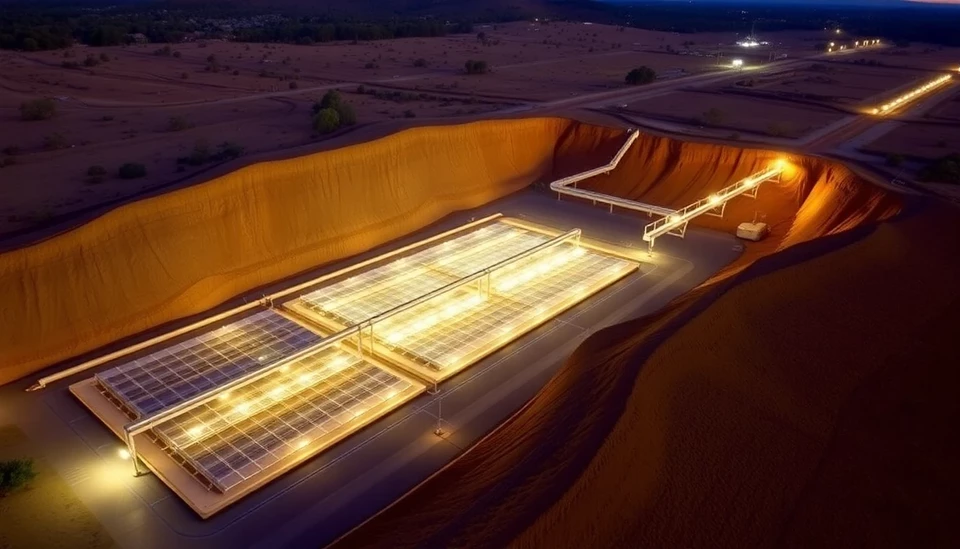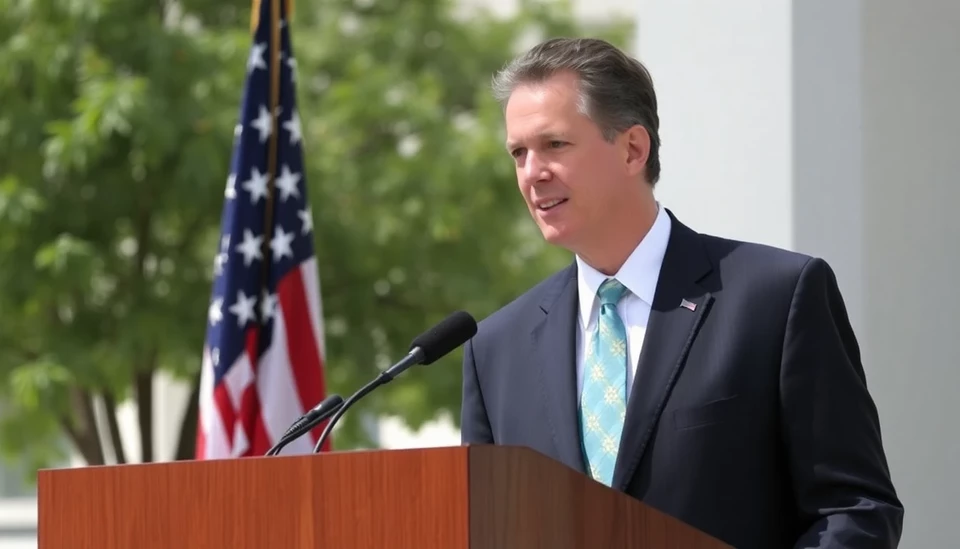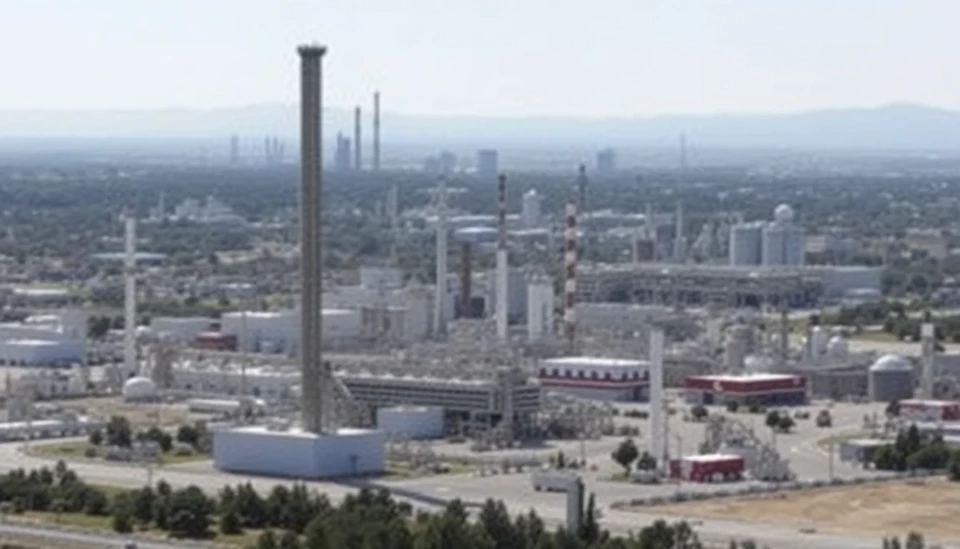
In a significant move towards combating climate change, the U.S. Environmental Protection Agency (EPA) has granted approval for California’s inaugural carbon capture and storage (CCS) project. This pivotal project aims to reduce greenhouse gas emissions and is being hailed as a critical step in the state’s ongoing efforts to achieve climate neutrality by 2045.
The approval represents the culmination of extensive planning and regulatory processes that began several years ago. The project, spearheaded by a consortium of energy companies and environmental groups, will focus on capturing carbon dioxide emissions from industrial sources in California and securely storing it underground. This technology is seen as an essential tool in achieving global climate targets while continuing to support the state's energy needs.
Key proponents of the project argue that the CCS technology is vital as it allows for the continued use of fossil fuels while minimizing the environmental impact. California, known for its aggressive climate policies, aims to utilize this project to demonstrate how innovative technologies can play a role in transitioning to cleaner energy sources.
The location of the CCS project has been meticulously selected to ensure the safe and effective storage of captured carbon dioxide. The expected site is located in a region with geological formations that can securely hold the carbon emissions for centuries, mitigating the risk of leakage and other environmental concerns. This careful planning underscores the commitment to ensuring that safety and environmental standards are rigorously upheld throughout the project’s lifecycle.
Environmental activists have expressed mixed feelings regarding the approval. While many recognize the necessity of carbon capture technology, there are concerns about reliance on such strategies that may delay the transition to fully renewable energy sources. Critics argue that investment in CCS could detract from necessary investments in clean energy technologies and may give fossil fuel industries a temporary reprieve rather than promoting long-term sustainability.
Support from both political and business leaders has been paramount in advancing this project. California Governor Gavin Newsom applauded the EPA’s decision, highlighting that it represents a critical investment in the state’s future and contributes to global efforts to reduce atmospheric carbon levels. Industries involved in the project are optimistic that it will pave the way for more advanced technologies and innovations that will further enhance California’s reputation as a leader in climate solutions.
The project's timeline indicates that initial construction is set to begin within months, with an ambitious goal of becoming operational by the end of 2026. This timeline could set a precedent for other states and nations looking to implement similar carbon capture technologies as part of their climate action plans.
Overall, this groundbreaking project is a critical component of California’s climate strategy and could serve as a model for other regions globally, aiming to balance energy demands with the urgent need for emissions reduction. As the world grapples with the challenges posed by climate change, the success or failure of California’s first carbon capture initiative will be closely monitored for lessons learned and potential applications elsewhere.
As the state moves forward, attention will be on how effectively the project can demonstrate the viability of carbon capture and storage as a sustainable solution to the climate crisis.
#California #CarbonCapture #CCS #ClimateChange #EpaApproval #Sustainability #GreenEnergy #InnovativeSolutions #EnvironmentalProtection
Author: Sophie Bennett




